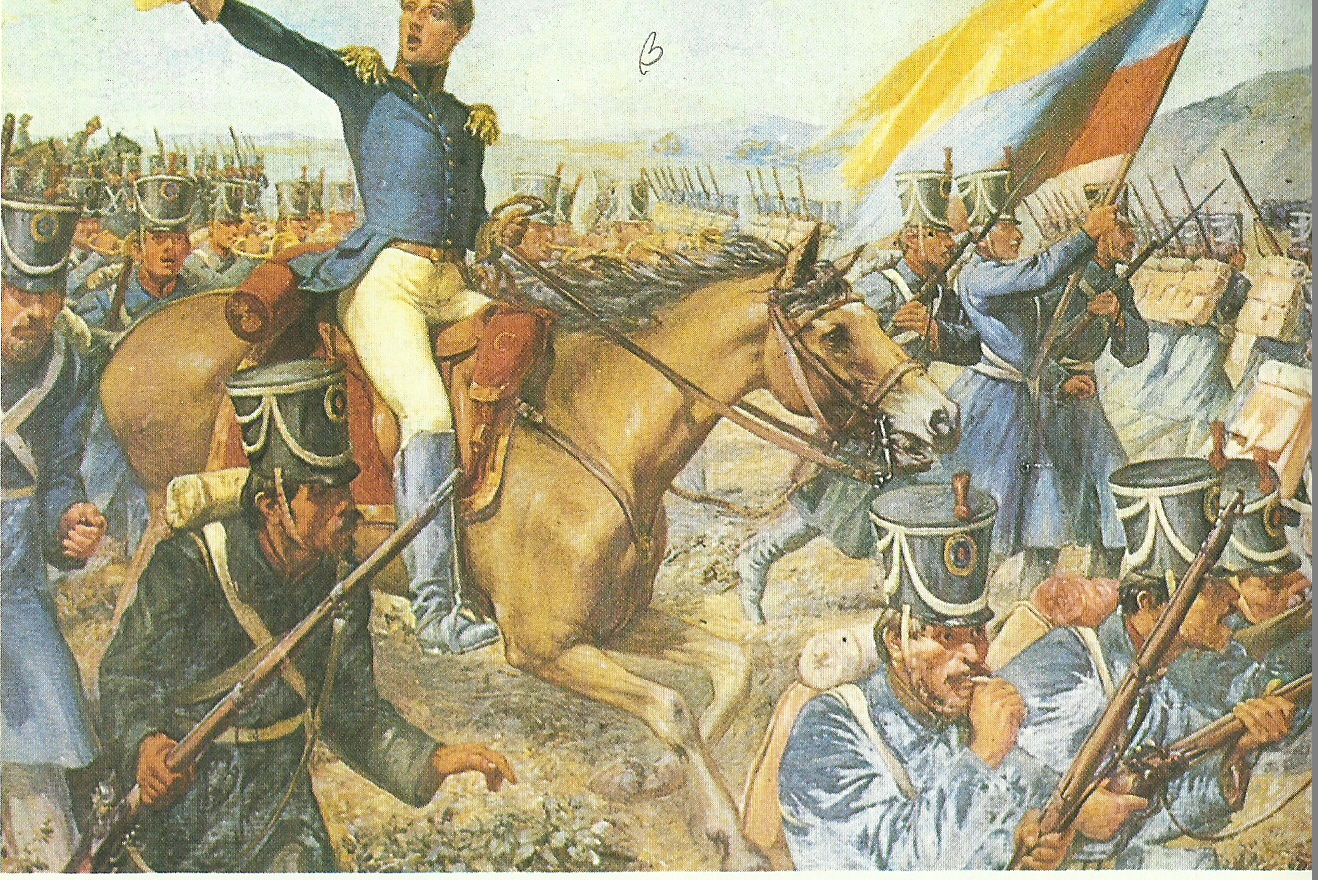The Hells Angels: A Closer Look At Their History And Organization

Table of Contents
The Early Years and Origins of the Hells Angels
The Hells Angels Motorcycle Club (HAMC) was founded in 1948 in San Bernardino, California. Unlike many romanticized narratives, the early club wasn't formed around a unified ideology, but rather a loose collection of motorcycle enthusiasts, many of whom were veterans returning from World War II. This initial membership was predominantly white, working-class, and drawn to the freedom and camaraderie of motorcycle culture.
- Founding location and date: San Bernardino, California, 1948.
- Initial membership demographics: Primarily white, working-class veterans.
- Early club activities: Motorcycle racing, bar fights, and informal social gatherings. The early Hells Angels engaged in activities common among many motorcycle clubs of the era, with a strong emphasis on riding and brotherhood.
- Evolution of the club's image and identity: Over time, the club's image shifted from a relatively benign motorcycle club to one with a reputation for violence and criminal activity. This transition wasn't sudden but rather a gradual evolution influenced by internal power struggles and external conflicts.
- Key early conflicts and rivalries: Early rivalries with other motorcycle clubs contributed to the club’s increasingly aggressive reputation and cemented their position within the burgeoning biker subculture.
The Hells Angels' Organizational Structure
The Hells Angels operate with a hierarchical structure, mirroring a military-like organization. This structure ensures control and facilitates communication across its numerous chapters. The organization's strength lies in its decentralized yet coordinated nature. "Mother Chapters," established early in the club's history, hold significant influence and authority over affiliated chapters.
- Chapter organization and autonomy: Individual chapters maintain a degree of autonomy, but they ultimately answer to higher-level leadership. This balance between local control and overall coordination is key to the Hells Angels' enduring structure.
- National leadership and decision-making processes: The decision-making process within the Hells Angels is complex and shrouded in secrecy. Information regarding its exact hierarchy and leadership structure is often fragmented and unreliable.
- The role of "prospects" and "full members": Aspiring members, known as "prospects," undergo a rigorous initiation process before achieving "full member" status. This process reinforces loyalty and commitment to the club.
- Internal rules, regulations, and codes of conduct: These rules, largely unwritten and strictly enforced, govern the internal operations and conduct of the members. Secrecy surrounding these rules contributes significantly to the mystique of the Hells Angels.
- Significance of patches and insignia: Patches and insignia are highly symbolic, representing rank, chapter affiliation, and history within the club. They are not just clothing but powerful indicators of membership and status.
Hells Angels Activities and Criminal Involvement
The Hells Angels have a long and well-documented history of involvement in various criminal activities. This involvement is a significant aspect of the club's notoriety and has led to extensive law enforcement scrutiny. It's crucial to distinguish between the club's activities and the actions of individual members, though the line is often blurred.
- Specific examples of criminal activities: Drug trafficking, extortion, assault, and murder are just some of the documented criminal activities associated with the Hells Angels. Numerous high-profile cases and trials have provided evidence of these activities. (Note: It's essential to cite credible sources for these claims).
- Law enforcement responses and investigations: Law enforcement agencies worldwide have dedicated significant resources to investigating and prosecuting the Hells Angels for various crimes.
- High-profile cases and trials: Several high-profile trials have resulted in convictions for various crimes linked to the Hells Angels, further highlighting the club's involvement in illegal activities.
- The debate surrounding the club's criminal element versus motorcycle enthusiasts: The Hells Angels consistently portray themselves as a motorcycle club whose members share a common interest in riding. However, their extensive criminal record challenges this image.
- The media's portrayal and its impact on public perception: Media portrayals have often sensationalized the Hells Angels, contributing to the negative public perception surrounding the club.
Hells Angels Culture and Subculture
The Hells Angels cultivate a unique culture, characterized by a strong emphasis on brotherhood, loyalty, and a distinct set of rituals and traditions. While often romanticized, the reality is far more complex.
- Motorcycle culture and its significance: Motorcycle culture is central to the Hells Angels' identity, representing freedom, rebellion, and a rejection of mainstream society.
- Brotherhood and loyalty within the club: A core tenet of the Hells Angels culture is the unwavering loyalty and support among members. This bond is vital to maintaining the club's structure and operations.
- Rituals, traditions, and symbolism: Specific rituals, traditions, and symbols, such as distinctive patches and tattoos, reinforce the club's identity and solidarity.
- The role of women in the Hells Angels culture: While traditionally a male-dominated organization, the roles and influence of women within the Hells Angels subculture are complex and evolving.
- The appeal of the Hells Angels lifestyle to its members: The appeal lies in the sense of belonging, camaraderie, and the allure of a life outside conventional societal norms.
Conclusion
Understanding the Hells Angels requires a nuanced approach. Their history reveals a complex evolution from a group of motorcycle enthusiasts to an organization with significant criminal involvement. Their hierarchical structure facilitates both internal control and a network for illicit activities. While the club emphasizes brotherhood and motorcycle culture, the undeniable reality is the extensive record of criminal behavior associated with the Hells Angels. This exploration into their history and organization provides a foundation for further investigation. Continue to learn more about the Hells Angels and delve deeper into the complex realities of this iconic motorcycle club.

Featured Posts
-
 Will George Russell Stay At Mercedes A Look At The Potential Scenarios
May 26, 2025
Will George Russell Stay At Mercedes A Look At The Potential Scenarios
May 26, 2025 -
 Best Shrimp Dishes 5 Hudson Valley Gems
May 26, 2025
Best Shrimp Dishes 5 Hudson Valley Gems
May 26, 2025 -
 China Us Trade Exploiting The Trade Truce Window
May 26, 2025
China Us Trade Exploiting The Trade Truce Window
May 26, 2025 -
 El Legado De Florentino Perez En El Real Madrid Analisis De Su Presidencia
May 26, 2025
El Legado De Florentino Perez En El Real Madrid Analisis De Su Presidencia
May 26, 2025 -
 Their Dc Love Story A Tale Of Hope And Despair
May 26, 2025
Their Dc Love Story A Tale Of Hope And Despair
May 26, 2025
Latest Posts
-
 Andre Agassi Declaratie Socanta Despre Nervi
May 30, 2025
Andre Agassi Declaratie Socanta Despre Nervi
May 30, 2025 -
 Agassi Y Rios Una Batalla En La Cancha
May 30, 2025
Agassi Y Rios Una Batalla En La Cancha
May 30, 2025 -
 El Recuerdo De Agassi Rios Un Rival Formidable
May 30, 2025
El Recuerdo De Agassi Rios Un Rival Formidable
May 30, 2025 -
 Steffi Graf Und Andre Agassi Ihre Besondere Ehe Regel
May 30, 2025
Steffi Graf Und Andre Agassi Ihre Besondere Ehe Regel
May 30, 2025 -
 Agassi Recuerda A Su Gran Rival Sudamericano Rios
May 30, 2025
Agassi Recuerda A Su Gran Rival Sudamericano Rios
May 30, 2025
